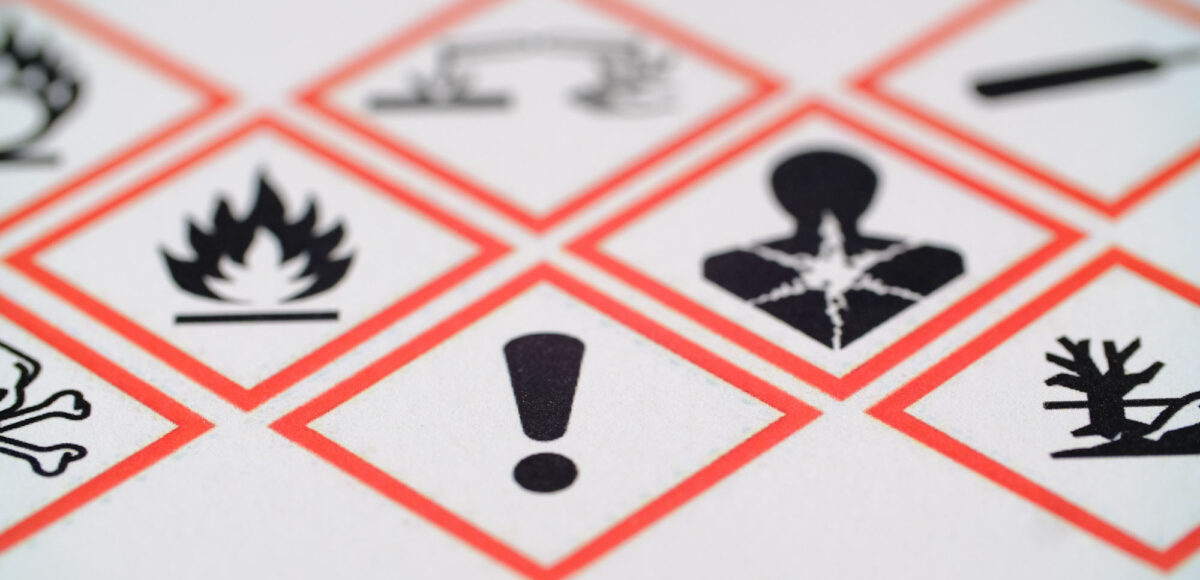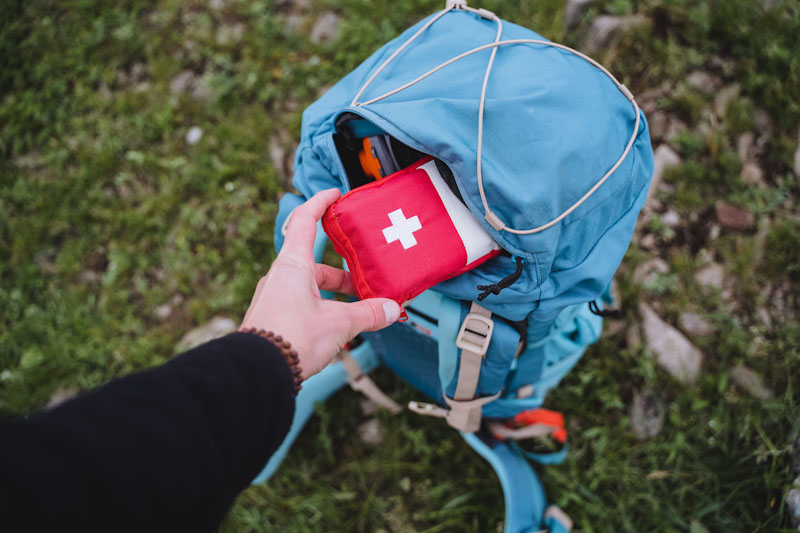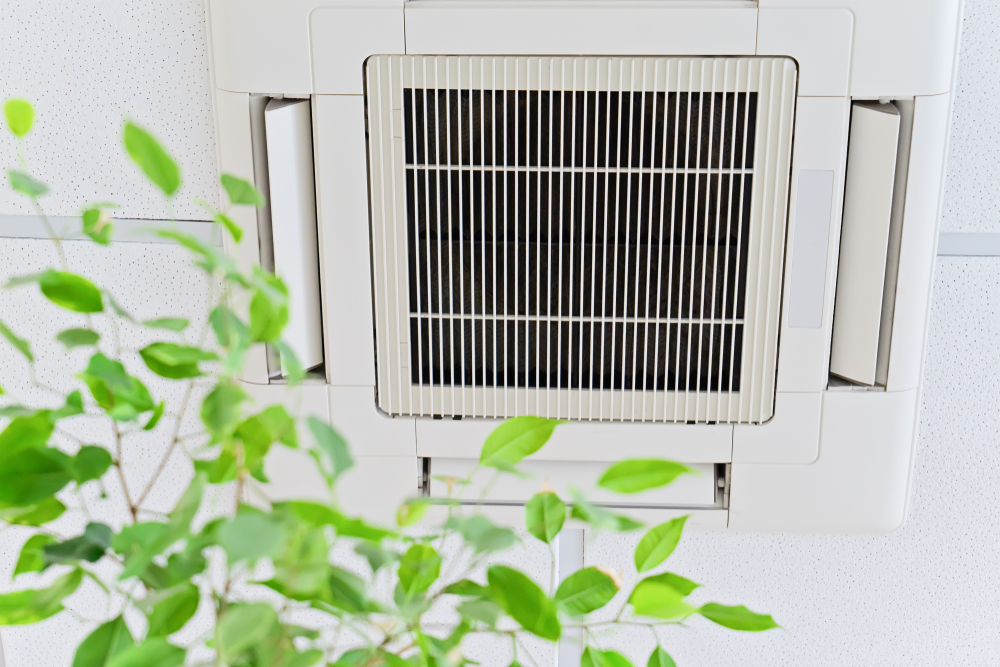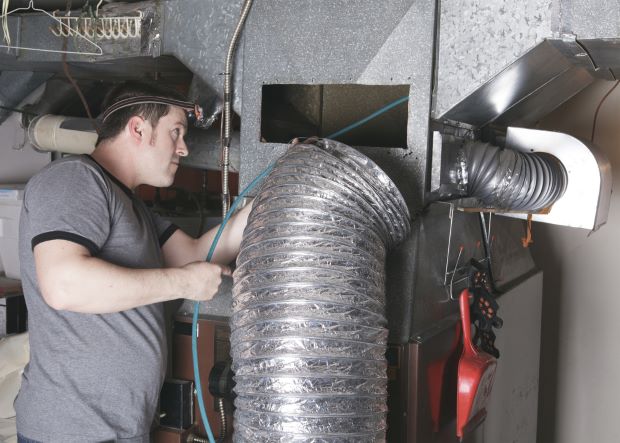There are many things in life you can’t control. However, survivalists can take measures to help themselves live as long as possible in the event of major societal shifts or natural disasters. Eliminating things that harm your health is one of them.
Here are three lesser-known things that lower your life expectancy and how to avoid them.
1. Forever Chemicals
You can find perfluoroalkyl and polyfluoroalkyl substances (PFAS) in many household items. However, these cancer-causing materials can pose a significant health risk. Teflon was one of the first PFAS discovered and it was in many non-stick pans. It wasn’t until decades later that it and more than 6,000 other chemicals posed a risk.
PFAS are known as “forever chemicals” because they can go thousands of years before disintegrating. Once something gets exposed, it can then carry it, echoing through generations and leading to devastating consequences. PFAS increases your risk of fertility problems, low birth rate, bone defects, preeclampsia, behavior changes, hormonal changes, immune insufficiencies, high cholesterol, obesity and several cancers.
You can find PFAS in food wrappers, clothing, carpets, cosmetics, biosolids and drinking water. Your home likely has some PFAS exposure, but you can stop it by taking the right precautions.
More and more brands are working to eliminate PFAS in their products. However, avoiding the following can help prevent future exposures:
- To-go containers
- Non-stick cookware, including PFAS-free options
- Treated carpet
- Microwaveable popcorn
- Stain-resistant clothing
- Moisture-wicking clothing
- Coated dental floss
The Environmental Protection Agency is putting regulations on PFAS, classifying them as “hazardous.” They’re monitoring the level of PFAS in drinking water and other contaminated substances. The Center for Disease Control also works to educate the public on the impacts of forever chemicals and research them further.
However, survivalists should still research their products and test their water to maintain safety. Exposure to PFAS can reduce your life expectancy by one to several years.
2. Air Quality
US residents spend an average of 90% of their time inside, making it vital to keep a healthy atmosphere. The things you use every day can worsen your indoor air quality. Poor indoor air can cause or exacerbate respiratory illnesses like asthma and chronic obstructive pulmonary disorder.
It can also lead to allergic reactions, chronic and acute sinusitis, and the easier spread of diseases. When you need to spend time indoors for a while, pristine air quality is a must.
VOCs
People often believe cleaning products make their homes safer, but their chemicals can worsen your air. Volatile organic compounds (VOCs) can cause smog, making your home air harder to breathe. High levels of exposure correlate to workplace-related asthma. They can cause headaches and chronic respiratory problems.
Formaldehyde is another risk. Wood and paper products can release it into your air. Higher temperatures and humidity levels also increase the amount. Smoking indoors greatly increases your exposure to the chemical, as does burning paper and wood in an indoor fireplace.
If you have a feline friend, you must stay vigilant about cleaning their litter box. Not doing so can lead to toxic ammonia leaking into your atmosphere. It can burn your mouth, lungs, eyes, throat and skin. Dried feces can also release bacteria that cause toxoplasmosis — a condition that can harm a fetus.
Gas Stoves
Small amounts of unburned gas can leak from your stove, releasing benzene and nitrogen dioxide. Cooking itself can release some natural gas, which can endanger you. Exposure to nitrogen dioxide from gas stoves contributed to 10% of childhood asthma cases. The risk is so severe that the government may soon ban them.
Mold
You might worry about mold growing in your basement, but it can appear in any dark or damp area. Concentrated spores in your home can damage your health and trigger respiratory conditions.
You could feel the impacts before the mold is visible. Monitoring for leaks, exhaust fan problems and other moisture-producing scenarios can help prevent it.
Carpet
Carpeting can capture dust, dirt and allergens. Any toxic gasses in the air from cleaning products and gas stoves can land on it. They’re released into your environment as people walk on it.
The more carpet you have, the harder it becomes to avoid negative effects. Kids and pets are more likely to experience symptoms since they’re closer to the ground.
Dust
Dust mites can trigger various symptoms, including congestion, cough and severe asthma attacks. They are one of the largest contributors to asthma symptoms around the world. Humidity can attract them to your home, as can carpeting and upholstery.
Dust, dirt and smoke can float through your home’s air. Breathing them in can irritate your lungs, causing pneumonia and increasing your rate of cardiovascular conditions.
Building Materials
Old building materials can impact your current air quality. Drywall and tiles could have cancer-causing asbestos. Though it’s only harmful when airborne, the disintegration of the materials can cause you to breathe it in slowly. Some scientists also believe the plasticizers in flooring and pipes can negatively impact your health.
Natural cleaning products can eliminate the number of VOCs in your air. Choosing sustainable building materials, and having a consistent cleaning and maintenance schedule can help you avoid harmful chemical build-ups. Change your furnace filter at the recommended time to minimize irritants floating around your home. Air purifiers can further reduce contaminants. Poor air quality can reduce your life expectancy by nearly two years.
3. Poor Sleep
You might not realize how much your sleep can impact your long-term health. Whether you’re at home or in the wilderness, it’s vital to get the recommended amount of rest as many days as possible.
Getting the Right Amount of Sleep
You need different amounts of sleep as you age. Newborn sleep patterns vary, but babies from four months to one year olds need between 12 and 16 hours daily. Children one to two years old need 11 to 14, kids between six and twelve need between nine and 12, and teens need between eight and 10. Adults need between seven and nine hours.
If you have children, their sleep is an essential part of their development. Their body and mind use sleep to mature and grow. Sleep deprivation can lead to life-long physical and mental health conditions.
Some studies indicate too little or too much sleep can impact your cardiovascular health. When your body is unable to get appropriate rest, you become more likely to experience high blood pressure, heart attacks and strokes.
Sleep Quality
It’s not just the amount of sleep you get that can impact your health — it’s also the quality of that sleep. There are five areas that determine sleep quality:
- Getting the recommended amount of rest.
- Falling asleep easily at least five days a week.
- Sleeping through the night at least five days a week.
- Not relying on sleep medication.
- Feeling well rested when you wake up.
The more of these factors you have, the more positive health impacts you’ll see.
Things that can negatively impact your sleep quality include your sleeping conditions. An uncomfortable mattress or pillow influences how much your body can relax. Lights and sounds can keep your brain partially awake, eliminating some of the rest your body needs. Stress and anxiety also impact your sleep quality — your rest suffers if racing thoughts prevent you from falling asleep quickly.
It’s important to teach children and teens about ensuring their sleep quality. Young people often neglect a positive nighttime routine. However, the sleep habits they develop now will stick with them as they age. When you don’t get good quality sleep as a child, you are less likely to get it as an adult.
Getting into a routine can improve your sleep quality. Taking time to practice self-care and invest in comfortable bedding helps people fall asleep faster and stay asleep. Eliminate the use of screens around two hours before going to bed to allow your melatonin to rise appropriately in the evening.
Causes of Poor Sleep
Underlying health conditions can lead to poor sleep. You may have sleep apnea and not realize it — it makes you stop breathing for extended periods, waking parts of your body and mind. Other causes are sleepwalking, angina and Alzheimer’s disease.
Anxiety and panic disorders can also lead to insomnia. Genetic influences, hormonal changes and major stress are some causes of narcolepsy. The condition’s symptoms vary but always involve disrupted and irregular sleep patterns.
Impacts of Poor Sleep
Poor sleep quality and not getting enough can combine to create some devastating health impacts. While a lousy night’s rest can impact your reaction time and mental distress, it can also exacerbate mental health conditions like depression and bipolar disorder. It additionally increases your likelihood of heart disease, Type 2 diabetes, dementia, obesity and cancer.
Sleep is vital for your body’s ability to process memories. Not enough increases your risk of anxiety, as your mind can get overstimulated without enough opportunity to process. Your reaction time also depends on your level of rest. Brain cells become more sluggish without sleep, making it harder to react to potential threats. It can make driving, navigating and even communicating more difficult.
Everyone occasionally has poor sleep, but constantly experiencing it can have long-term effects. Research shows insufficient sleep can decrease your life span by around five years for men and over two years for women. Why there is a difference between the sexes still needs clarifying.
Increasing Your Life Expectancy as a Survivalist
Knowing the everyday things that harm you shows you changes that improve your health and well-being. Those adjustments can increase your life expectancy, helping you make the most out of life in the great outdoors.











Tom MacGyver | November 28, 2023
|
I’m good with everything here but the gas stoves. Those things have been in use for over a hundred years, themselves being a HUGE forward leap from the wood and coal burning stoves that preceded them. As with everything else electric, you are not ELIMINATING the pollutants that petroleum fuels and natural gas would emit; you’re just EXPORTING them to wherever the power plant is. By and large, your electricity is being created by BURNING natgas, petroleum fuels, or coal, and natgas is BY FAR the CLEANEST BURNING of them all. ‘Got a gas stove? Turn on the exhaust fan when using it. Problem solved. You also remove pollutants created from cooking, which are present regardless of the source of your cooking heat…
Bill | December 3, 2023
|
Hello Tom, I agree with your side on the gas stoves but, they also need to be grouped with gas fired home furnaces as well. I am not against the new electrical grid however, it is sorely needed!I feel not enough is being done to invest into nano technology. Because what we have now (solar panels/battery banks windmills) is really not there yet! Nano storage (capacitors) is the way to go. Until then I will still use gas,electric, propane and wood/charcoal.
(Bill)…
Bob L. | December 8, 2023
|
This article sounds like a promo for the green new deal. I’m approaching 80 and been subjected to far more and in higher concentrations of most of the stuff listed in the article.
Yes, most of it can be said to be really bad for you, but you can’t live in a glass bubble, you’ve got to just live life and take what comes. There’s no way you can escape this world without dying so live life in Christ and look to the future in His presence.
RD | December 8, 2023
|
This is beginning to sound like it is written by a liberal. I understand pollution and try to keep it to a minimum. These tree huggers and global warming people are working off of information from the last 200 years or so. Information from the last few eons show that small warming trends are normal and then its gets colder. Anything and everything has the potential to cause harm, we need to realize this and try our best to be careful. I believe a big lot of this boogie man stuff is just to keep us from seeing what is actually being done behind our back with our tax dollars. I might be wrong but at 78 years of seeing this stuff happen and going through a couple of colder and hotter times I doubt it. Eggs shouldn’t fry on a sidewalk in a forested Midwestern area but they did for quite a few days in a row. You loder people think about what you have seen and you younger ones ask the old folks some questions. You both may learn something.